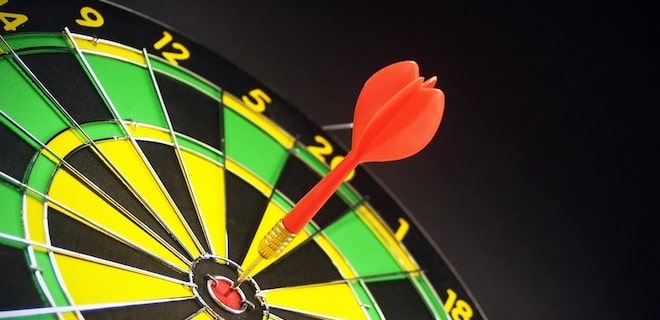Paid social media promotions is a powerful PR and marketing tool because it allows us to target a very specific audience with a very specific message. So when one of our clients came to us asking the best way to promote their new trade-in deal to a very narrow target audience online, we knew a paid social campaign was the way to go. Voxus designed a campaign that made maximum use of the client’s budget and reached the specific audience it wanted to target. AB testing, strong content and understanding each platform’s quirks led to a huge awareness boost, many conversions and several eventual sales.
The situation:
This client had planned a sales promotion where any customers who turned in a competitive product would get credit toward the client’s product, free maintenance contracts and some other goodies. The products in question were expensive network troubleshooting appliances used by advanced IT workers at medium and large enterprises. The audience was veteran IT workers and managers with the authority to purchase one of these solutions – and given the costs it’s not a decision they would make lightly. To support the program, our client had made several landing pages and two infographics. Our task was to use these to get link clicks and conversions on social media – we didn’t just want to spread the word, we wanted to deliver potential customers to the client’s website.
Here’s how we targeted the campaign to get maximum value out of every dollar spent on each platform.
LinkedIn:
Voxus decided to put most of the promoted spend with LinkedIn, since that platform offered more advanced targeting options. We used the following targeting:
- 5+ years of experience
- IT, support, or project management job functions
- 20-30 job skills that covered advanced networking, like “Packet inspection” and “Cisco Certification”
We received 187 targeted link clicks – not a high number, but in line with how LinkedIn usually performs. Though we weren’t able to track this number through the entire sales funnel, the success of the overall campaign indicates that enough of these clicks were qualified enough for the leads to follow through and buy.
Twitter:
Twitter paid posts were targeted to users based on a list of 80-100 influential network engineers and technology news outlets. Twitter drove a fantastic 3027 link clicks at a cost per click of $0.31.
Facebook:
Facebook paid promotion performed poorly compared to Twitter and LinkedIn, with a very high cost per click. Facebook does not offer targeting methods like LinkedIn and Twitter, so we did not have success identifying and tracking our highly targeted audience on this platform.
We ran these promotions over several weeks and conducted AB testing comparing different combinations of image and copy and different landing pages. This allowed us to see which posts performed well and remove ones that were not. We focused the money on the post that was delivering good results.
Results:
The campaign drove 3239 link clicks and 3818 engagements with the overall cost per click and cost per engagement under $1.00, a fantastic result. Our client had a number of conversions and several sales during the promotion.
Lessons learned:
- Match the content to the platform: Posts that included infographics did better on Facebook, not a surprise since Facebook is more geared toward photo and image posts. Twitter posts without an image did just as well as ones with one. Don’t put the same posts on all three platforms – customize.
- Target: Facebook, the one platform without strong targeting options, performed poorly. Since this was a B2B campaign, it’s not surprising that Facebook would underperform. Know how to reach your audience on each platform and don’t put money into ones that won’t perform.
- Not all content is created equal. Within each platform, some posts did significantly better than others. Certain combinations of images and text were more appealing. Experiment when you’re writing posts and don’t be afraid to test them out and make changes while your campaign is running!

